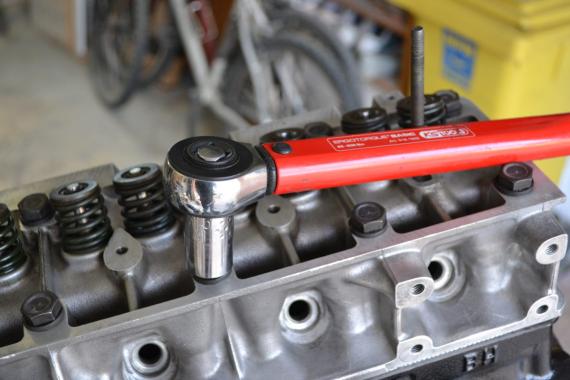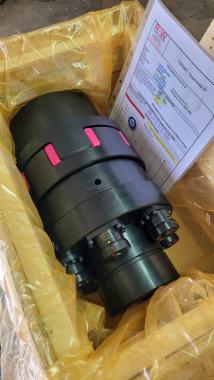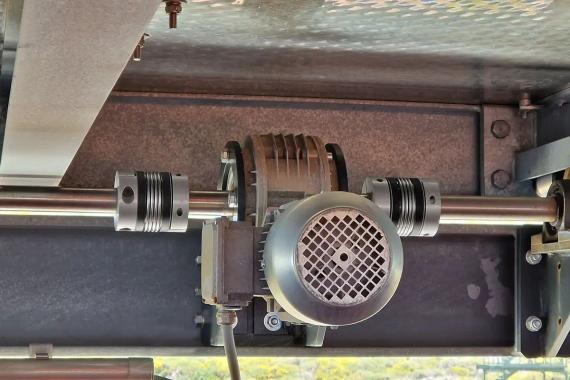For information, the first torque wrench was invented in 1916, making it a century-old practice.
Although this method is widely accepted and used, it carries a significant margin of uncertainty. For what ?
What is going on ? Let's do an experiment: take several screws and tighten them all to the same torque using a torque wrench. Next, let's measure the tension obtained in each of these screws (we will see how to do this later). Common sense leads us to think that the tension will be the same for all screws, but this is not the case. In reality, for a given torque, we observe an uncertainty of ±50% in the voltage obtained.
Torque tables
Most design offices establish correspondence tables between the torque applied and the tension theoretically obtained, based on various calculations, including those based on the resistance of materials (finite element method). These tables are called tightening torque tables. This practice is an error, because it does not take into account the uncertainties inherent in the torque tightening method.
However, to produce these tables, design offices assume that the coefficient of friction is known. The coefficient of friction, a dimensionless number between 0 and 1, represents the interaction that opposes the relative movement between two systems in contact. In our case, the systems in contact are the screw, the nut and the parts to be tightened. Assuming that this friction can be measured and reduced to a single number is unrealistic.
Indeed, there is friction under the head of the screw, with the part to be tightened, at the level of the threads of the screw, the nut, and the tapping. All these parts, resulting from industrial production, contain imperfections which randomly influence friction. In reality, when tightening a screw, an infinite amount of friction occurs, making their precise measurement or calculation impractical. The friction coefficients are therefore variable and cannot be measured precisely.
Thus, these tables rely on many approximations, although the values are presented with a precision of five decimal places, which is misleading. They should no longer be used.
The remainder of this article will focus on alternatives to the torque tightening method.



 Français
Français 







